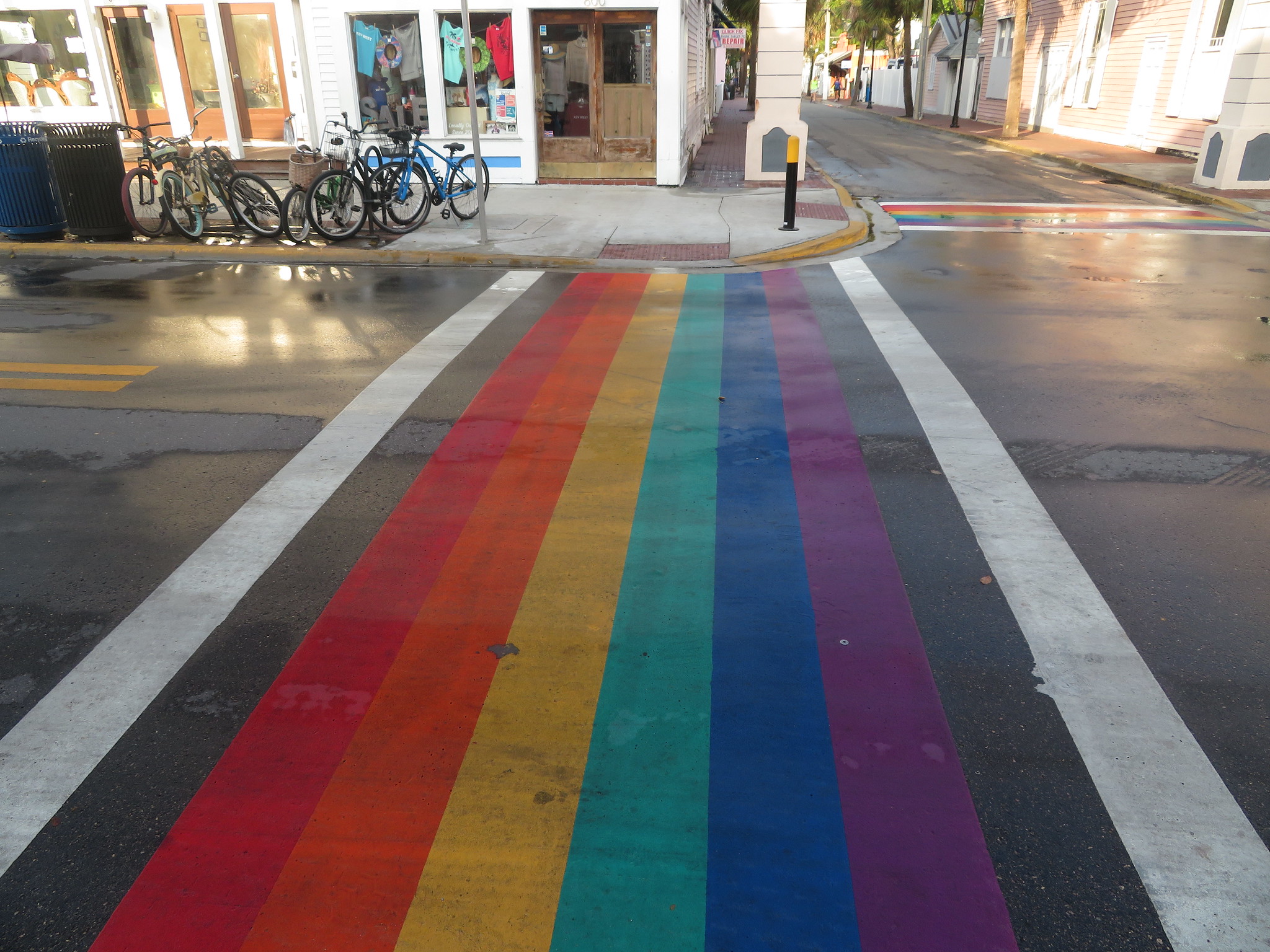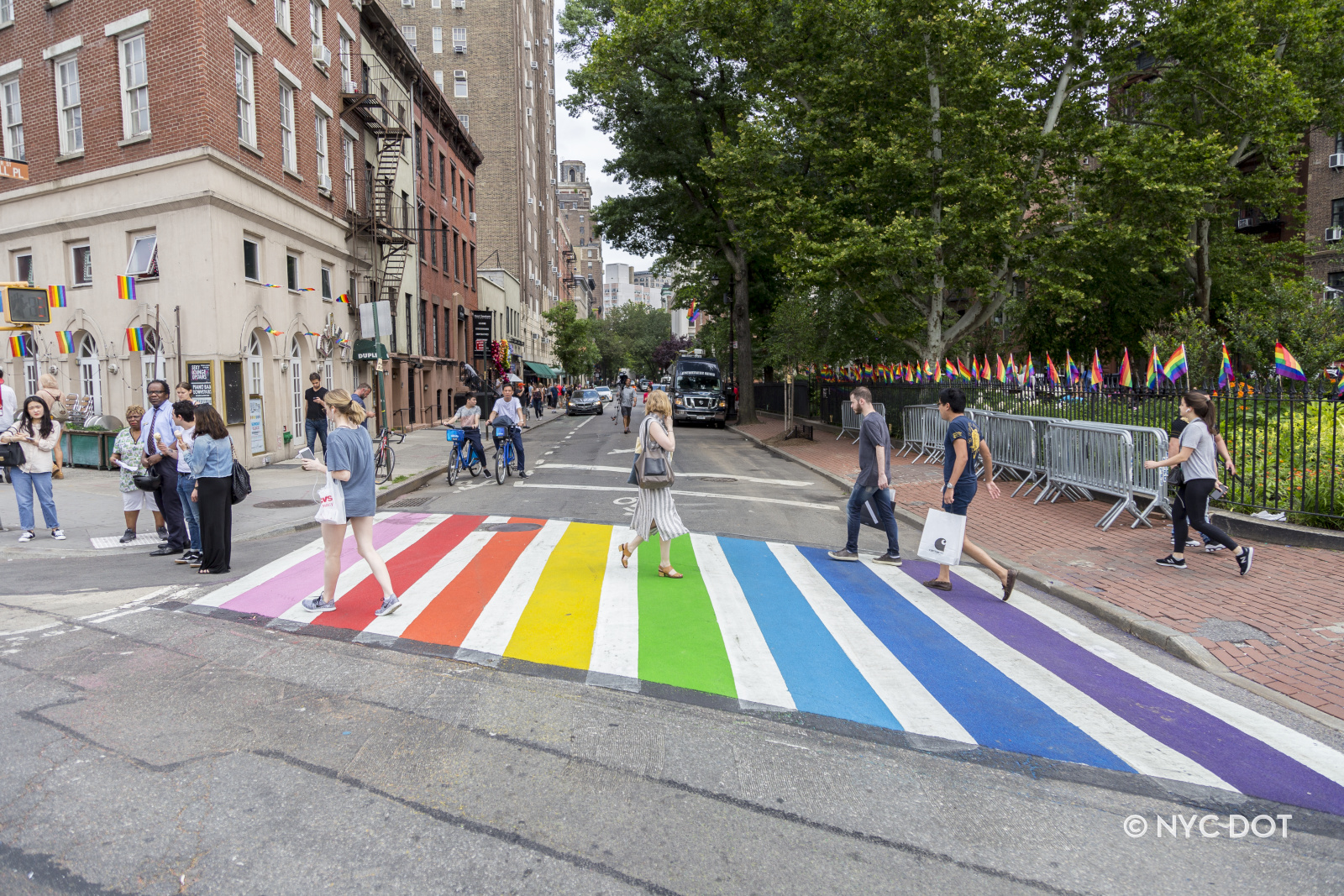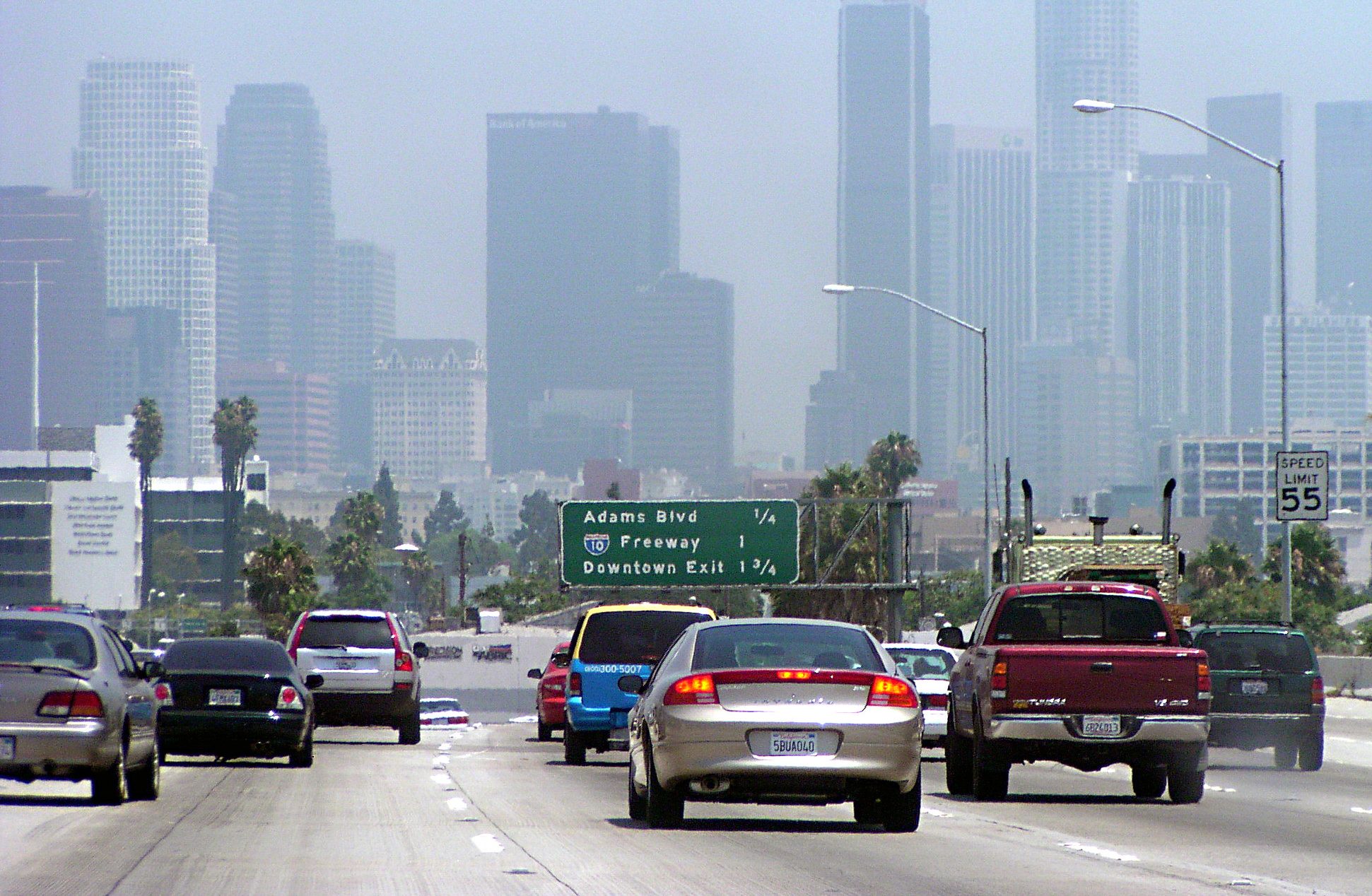IH-345 in Dallas looks like a perfect candidate for a highway teardown. The 39-year-old, 1.4-mile elevated highway is nearing the end of its useful life, and it's taking up valuable real estate just outside downtown.
Patrick Kennedy at Network blog Walkable Dallas Fort Worth estimates the teardown would cost as little as $60 million, while leading to $4 billion in new investment and a surge in property tax revenue.
So why isn't the Texas Department of Transportation investigating this alternative? Kennedy posed the question in a recent article for D Magazine. He certainly makes a good case. Here's an excerpt he reprinted on his blog:
Just as the system of freeways has shifted population outward, removing IH-345 from downtown would draw people into the city. It would reposition 245 acres so that it could be developed into walkable neighborhoods that could be home to 20,000 new downtown residents. Right now there is only $19 million in improvements on those 245 acres, and the city collects a mere $3 million per year in property tax revenue.
By removing the highway, restitching the grid, and creating developable blocks, the city would see $4 billion in new investment within 15 years and generate $100 million a year in property tax revenue, based on our economic impact analysis. That’s enough in one year to implement the entire bike plan and build a new modern streetcar line from West End to Lower Greenville. Through land sales, TxDOT can generate some revenue to begin paying down its debt rather than adding to it.
The road currently carries about 160,000 vehicles daily, but Kennedy makes the interesting point that the Champs-Élysées in Paris carries about three times that much foot traffic daily. Recent highway teardown examples in the U.S. -- like the removal of the Embarcadero Freeway in San Francisco -- show that gridlock doesn't materialize because travel patterns shift, while the removal of a massive, blighting elevated road unlocks the value of nearby land.
Let's see Texas officials give this option the consideration it deserves.
Elsewhere on the Network today: Bike Portland reviews the Ray LaHood era fondly and speculates about who might come next at U.S. DOT. Seattle Bike Blog reports that Copenhagen is aiming for carbon neutrality by 2025, and wonders what it would take for Seattle to achieve the same objective. And the Washington Area Bicyclist Association argues against a proposed mandatory helmet law under consideration in the state of Maryland.






